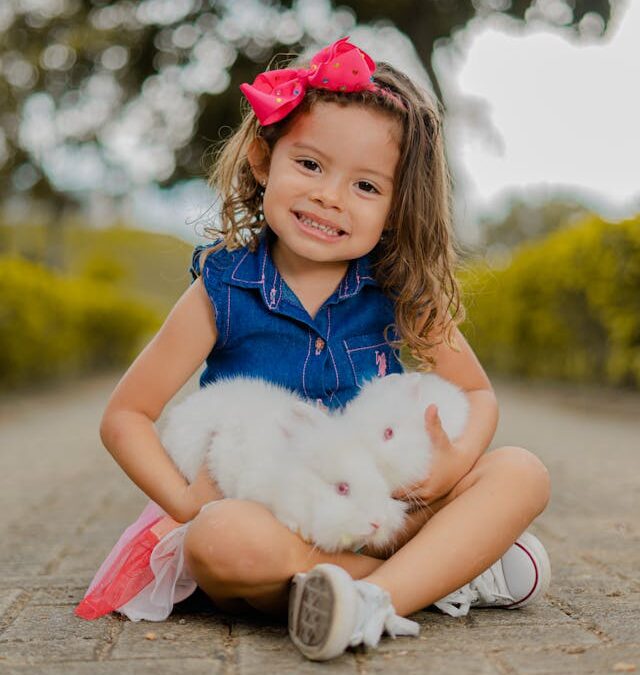In the majority of American households, a pet is an important family member. No matter whether it’s a cat, dog or another kind of animal, their loss can have a profound impact on children. This is a memory youngsters may carry for a long time, so helping them process their grief is critical. The best thing you can do is meet them where they’re at emotionally and not shy away from the situation.
Age matters
The age of your children will influence, in part, how they react to the death of a pet and the best way to approach a discussion with them. For instance, this can encompass the way you respond to their questions and how much information is appropriate to give them.
Under 2 years old
Children under two years old may sense that something has changed in the home, but they won’t be able to understand the concept of death. Essentially, they’re tuning in to the emotions of other family members. They may react by wanting comfort from their parents or acting a little more clingy than usual.
2- to 5-year-olds
Preschoolers are normally able to understand that a pet has passed away. That said, they may not grasp that this means the animal is not coming back. Reactions to death among preschoolers and toddlers varies, in part depending on their age and developmental maturity. While some may continue to ask the same questions, others may appear unconcerned. Reading age-appropriate books to them about the death of a pet can assist them and model appropriate ways to express emotions.
Between ages 6 and 10
Between 6 and 7 years old is when children typically begin developing an understanding of the permanency of death. They’re also very curious at this age and want to know more about the world and how things works. When it comes to the death of a pet, it’s not uncommon for them to ask a lot of questions about the nature and physical aspects of death. Expect that they may display a range of emotions. While some children may need time and space to process their feelings, all children benefit from talking openly with the adults in their life who can help them learn to cope and make sense of intense emotions. Books are a great tool for this age group as well, and there are many geared to their reading level.
Ages 11 and older
Teens and pre-teens can exhibit many emotional reactions to the passing of a pet. Additionally, chances are these children have grown up alongside the family dog or cat and developed a close bond with them. This means they will feel the loss more intensely compared to younger children. However, teens may be guarded about openly expressing how they’re feeling. Making art or journaling can be good vehicles for them to work through their grief.
Tips for helping your child
Regardless of the age of your children, it’s necessary to be available to them during the grieving process and check in with them now and then to see how they’re doing. There are many ways that you can assist them with coming to terms with the loss. Here’s what you can do:
Be open about your own feelings
Rather than shielding youngsters from your emotions, allow your children to register how the death is impacting you. It may be hard to shed tears in front of them, but it can show them that it’s alright to feel sad and upset. It will also serve as encouragement to share their feelings with you.
Name the emotion
Children vary in their ability to understand their feelings and make sense of intense emotions, depending on their age emotional maturity. Helping your child identify their emotions enables them to discern how they feel and validates what they’re experiencing. Remember, anger is a valid reaction. It’s good to acknowledge whatever emotions your kid names and recognize that how they’re feeling can change quickly.
Answer their questions
Depending on their level of understanding, children will ask different questions. Respond with answers that are age-appropriate. If you’re unsure what to say, there are many resources available. Assure your kids that they can come to you if they have questions, but if they don’t seem to have any, let them be.
Honor your pet’s life
Remembering your pet with a memorial or ceremony can assist your child to process the loss. Be sure to include children in the planning process, taking into account their interest and age level. A small funeral, for example, is one way for the family to say goodbye to the animal. You might decide to have your cat or dog cremated and spread their ashes in a favorite spot. Planting a tree in their honor or creating a memory box to hold pictures and precious mementos are other ideas.
In closing
Respecting the developmental stage of your child and finding ways to talk through the loss and honor your beloved pet can assist your children in coping with the loss.

